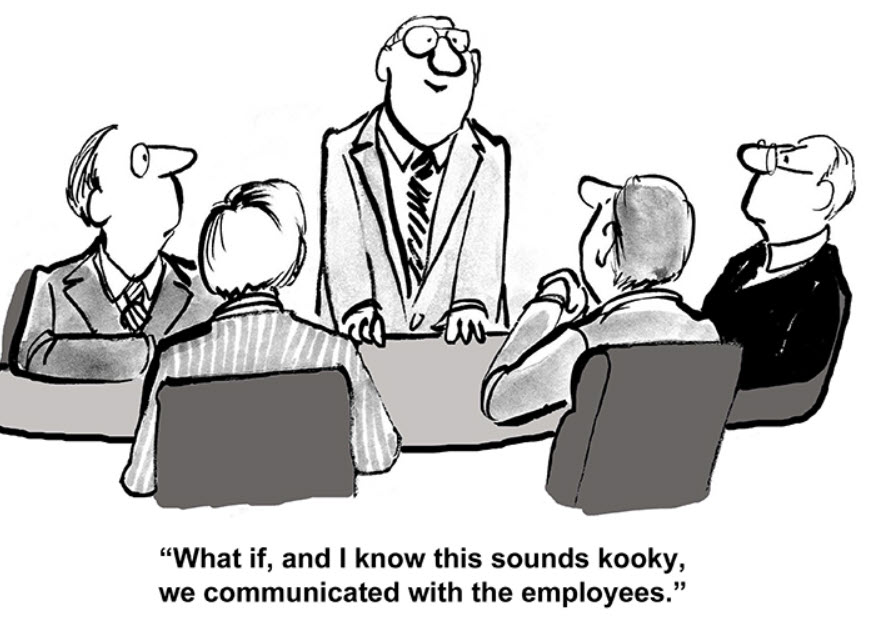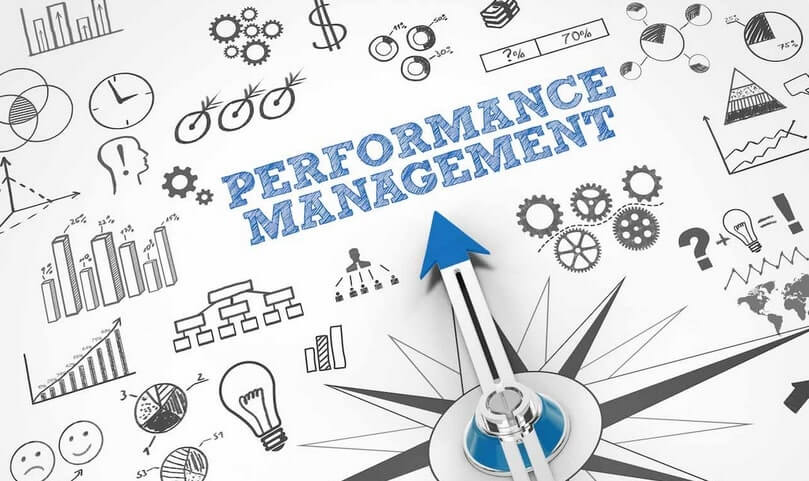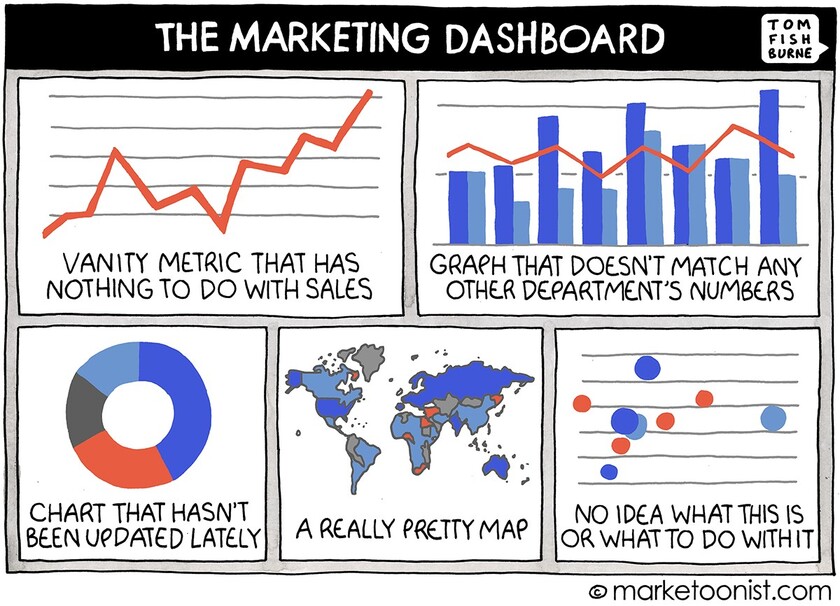A recent study by Gallop shows that only about a third of U.S. workers feel engaged with their jobs. And this is a concern for companies and the economy.
The conclusion is to better recognize employees’ for their achievements. Meaningful feedback changes how people feel about their work, says Meisha-ann Martin, senior director of people analytics and research at the HR software firm Workhuman, who along with Gallup tracked the career paths of more than 3,400 workers over two years. Staff who received high-quality praise and recognition were 45% less likely to quit they found.
“It’s about catching good behavior as it happens,” says Martin. “Imagine if you’re doing things at work that nobody sees, and you feel like nobody cares about. You can imagine how that would be demoralizing.”
Employee recognition also seems to be driving higher rates of retention. The study showed that people feel less lonely when their contributions are recognized and praised.
“It creates community. It helps people feel connected to each other,” which in turn keeps them from seeking work elsewhere, Martin says.
The research also points to recognition as an antidote to stress. Gallup found that those who said they felt recognized on the job reported lower levels of stress and burnout than those who said they were not recognized.
Understand how people are evaluated and valued
But not all staff know how they are being measured and rated. Having well defined metrics to pursue can ensure people know what is expected of them and for others to understand how they are contributing to overall goals.
Rewarding teams and individuals for good performance is straightforward, but staff are often not given clear instructions of what is expected of them. This is particularly true for transaction-oriented tasks such as number of weekly outbound phone calls to make, proposals to write, demonstrations to deliver, seminars to host and email sends. These are things that we are expecting team members to do. But it can also include things such as conversion rates, Lead-to-Sale close rate, and Customer Acquisition Cost (CAC).
It’s critical that people understand that what they do has a direct impact on results and are directly linked to organizational goals. People are motivated when their contributions are recognized and appreciated.
Team members need to work toward a common goal
Establishing well defined activities and related targets is critical for staff to understand what is expected of them. And they need to be aligned with a high-level corporate goal. However, it’s often not easy to understand and appreciate how various activities directly affect the goal. For that, we need to create a visual strategy map that illustrates how specific activities help us accomplish set goals.
Your strategy map should always start by identifying the goal you are trying to accomplish. Let’s say we want to increase revenue by 25% year-over-year. Then you must determine what you need to do to reach that goal. But simply saying that hosting webinars will increase Revenue is a flawed approach and not well thought-out. That’s just guess work and people don’t buy into targets if they are not supported by logic.
Follow the sequence listed below to identify WHY we have chosen to host webinars as part of our drive to increase Revenue.
| Step | Name in Hierarchy | Definition | Example |
| 1 | Goal | Broad desired outcome | Increase Revenue by 25% YOY |
| 2 | Critical Success Factor | This issomething that is vital to achieve the Goal | Improve market presence |
| 3 | Phase | State which marketing phase you are in (Acquire, Engage, Convert or Retain customers) | Engage with potential new customers |
| 4 | Segment | Target audience we want focus on | Engineers in North America |
| 5 | Approach | Short-term plan | Show thought leadership |
| 6 | Action | Activity or business process required | Host webinars |
| 7 | Key metrics or KPIs | Values to measure actions and activities | Track number of webinars and % increase in webinars month-over-month |
The hierarchical structure below shows this logic. The example is only one of the branches, but there can be many critical success factors or Segments and so on, creating a vivid map of what needs to get done.

Show everyone what is expected and how they are appreciated
Map out what you need to accomplish and how you are going to achieve that. When employees can see how their work directly contributes to the organization’s goals, it boosts their morale, engagement, and job satisfaction, resulting in a more motivated and productive workforce.






